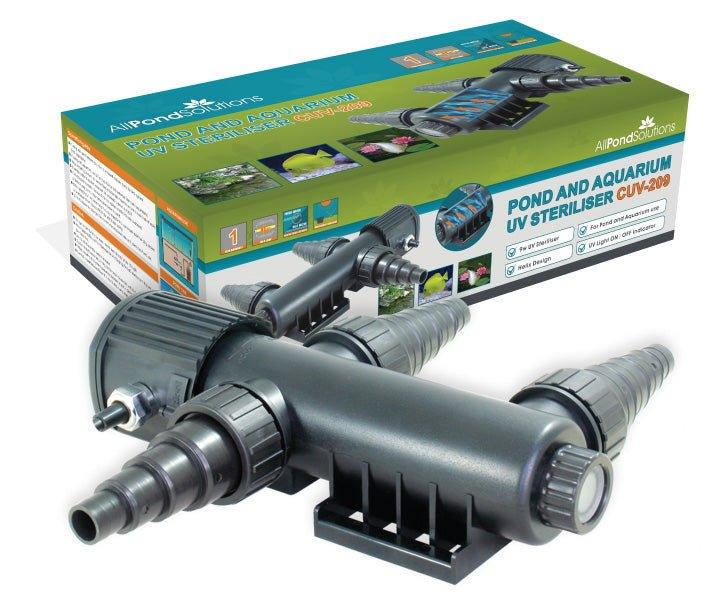Who's Hunting in My Pond?
Who’s Hunting in My Pond?
While you might think that your pond is nice and safe from predators in your quiet suburban home, there may be a killer lurking in your garden, just waiting for the perfect opportunity to strike. Your pond is full of tasty treats for any hungry animal, and there are many ways in which a predator can approach your garden, from the air, land and in the water itself.
Protecting Your Fish
Herons are incredible fishing machines and can eat up to 1/3 of a kilo in one sitting (and often more if there are baby herons to be fed), destroying your fish stocks. So if you think that a heron has decided that your pond is his new favourite restaurant, then you need to do something fast.
Some people swear by a plastic heron to deter others, but most others believe this actually acts as a draw to other herons. We’d recommend trying active deterrence by making it difficult for them to actually get to your pond. Herons usually land away from the pond, and walk up to it, so a fence around your pond can prevent them from being able to do this. A net or grill across the surface of your pond will also stop herons being able to get within striking distance.
A more high tech way of preventing herons, as well as other things like cats and rats, is a motion detector. However, some can be very loud and intrusive, such as ones that issue a loud gunshot noise and a heron alarm call, and others which squirt a small amount of water. Another option would be to install a scarecrow as the presence of people around the pond is likely to deter a heron.
On a really small scale, there are lots of insects that prey on your pond life. While you might dismiss them at first, insects can cause havoc. Backswimmers can eat tadpoles and even small fish, and they can even give you a nasty bite if you try to handle them (some say as bad as a bee sting). The great diving beetle has an appetite for small pond animals too. And while dragonflies look beautiful darting above your pond, they pose a formidable threat too, with their larvae eating anything nearby, including small newts and fish.
The easiest way to combat these hungry insects is to rely on nature. Install bat or bird boxes nearby to encourage them to nest and prey on the insects that live over the pond. Planting naturally insecticidal plants like allium and pyrethums and encouraging insects like ladybirds and hoverflies and animals like frogs will help keep the balance.
Protecting Your Pond Life
Pond snails can ravage their way through your pond plant life in a surprisingly short space of time. However, you can’t put down slug pellets like you might do in the rest of your garden. The easiest way to get rid of them is simply to remove them by hand.
If you have water lilies, then you may know that they have their very own breed of pests. They are plagued by their own type of aphid, and a leaf beetle that is only ever found on water lilies. Again, the best way to deal with these is to encourage natural pest control through plants and other insects.
